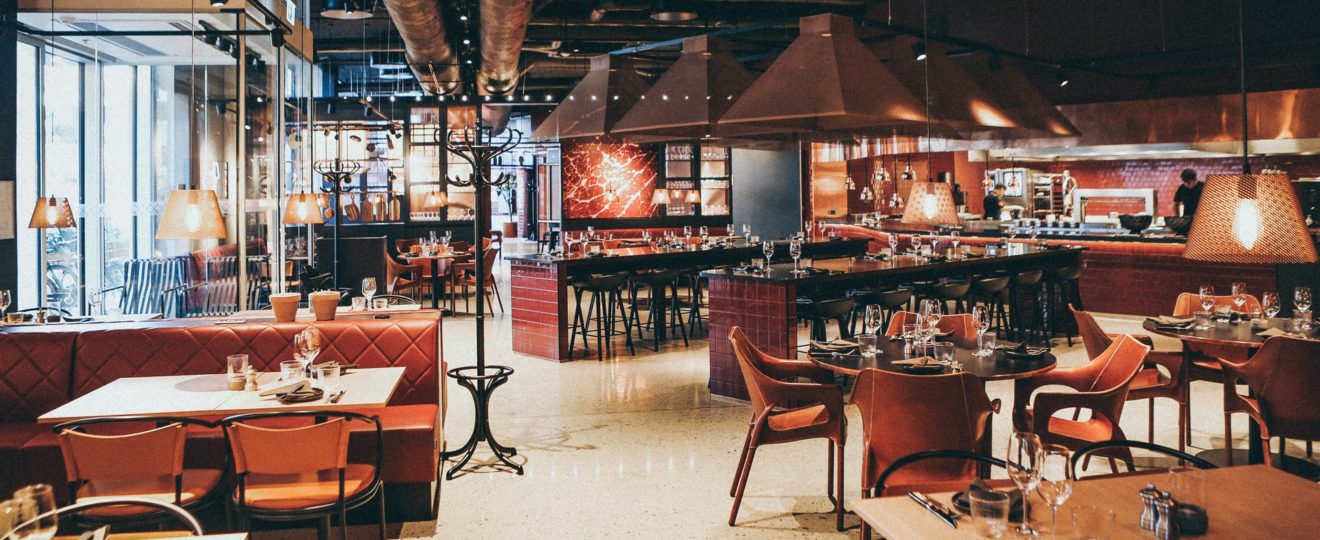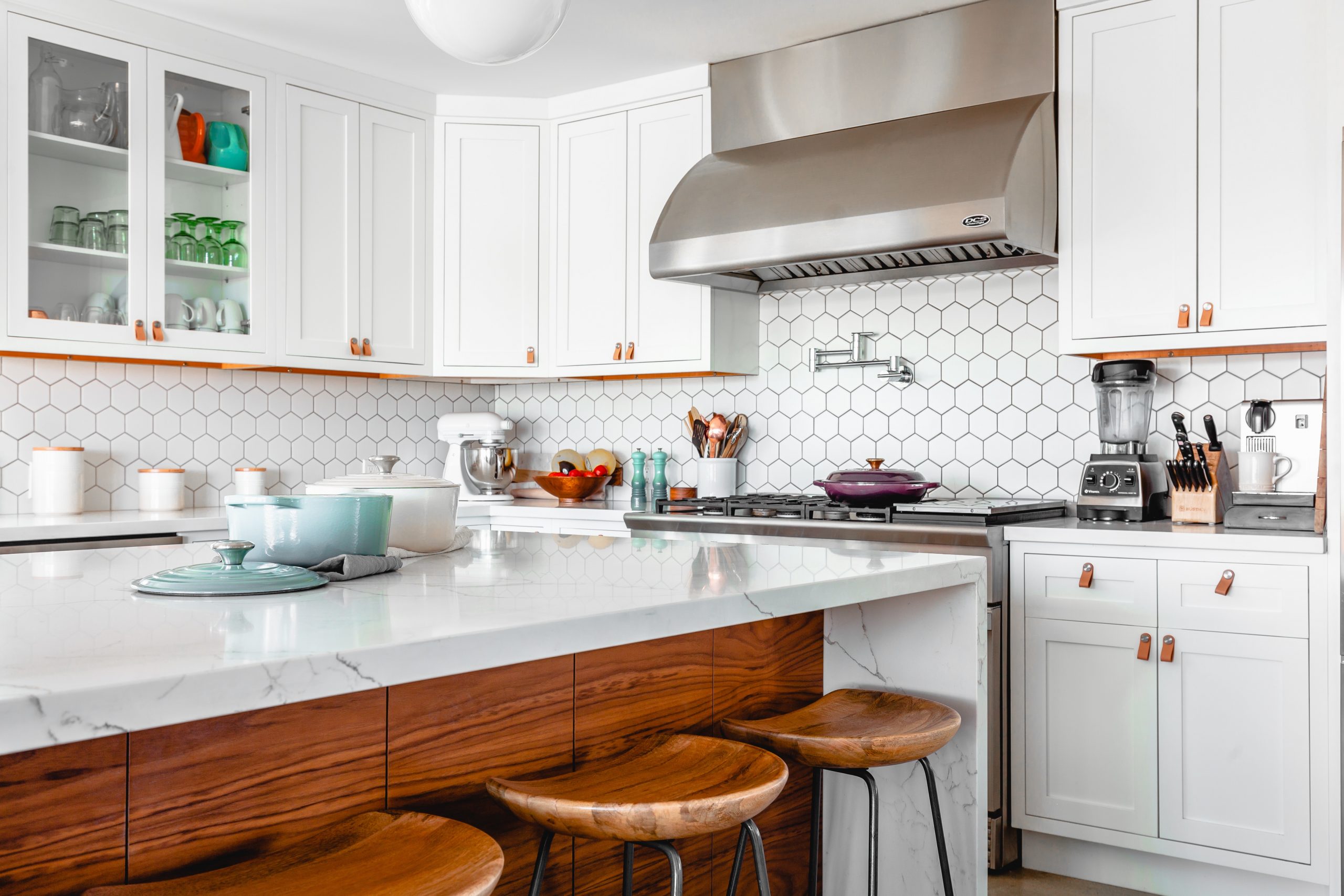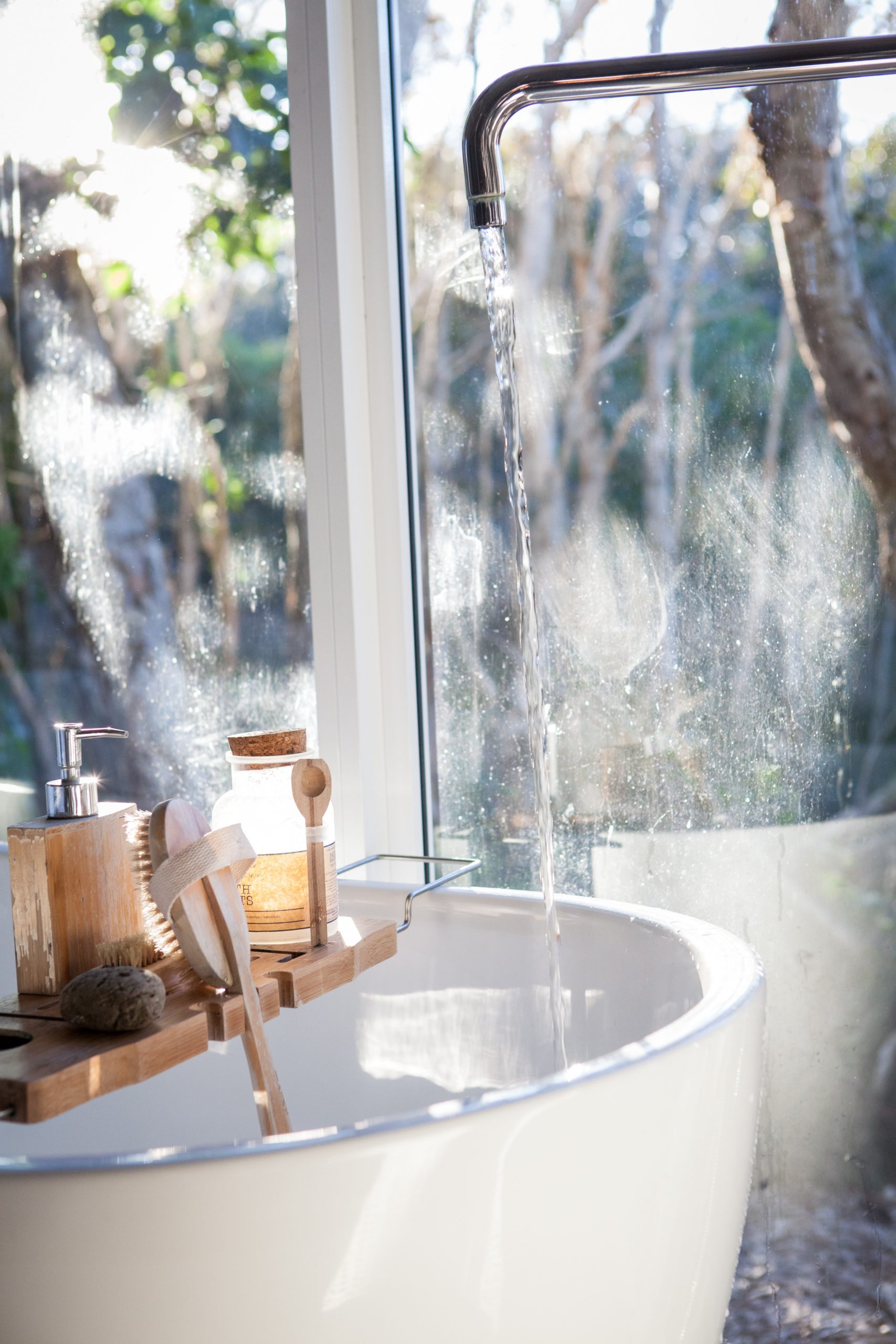Restaurants provide a way for family, friends, and colleagues to gather together while enjoying a meal outside their home. Restaurateurs are restaurant owners who embrace their vision for the perfect dining environment and menu. They acquire the resources needed to open a restaurant and serve the public.
Securing the financing can be challenging. Restaurants are known to have a low success rate, but restaurateurs can secure traditional loans with an effective business plan. Other financing options are available, including small business loans, direct financing from vendors, and hard money loans. Let’s take a look at a few of the most common financing options available to entrepreneurs in the restaurant space.
Apply for traditional loans.

Traditional loans are loans provided by banks and credit unions. These lenders review your credit score, financial history, and business plan. A business plan is a detailed document outlining the type of business you plan to launch and how you’ll distinguish your business from competitors. Your business plan should demonstrate you’ve thoroughly researched your industry, understand the needs of your ideal clientele, and have a comprehensive marketing strategy that will attract customers to your restaurant. It must also include an operating budget and revenue projections. You can use a traditional loan to rent facilities, purchase equipment, and pay staff salaries.
Banks and credit unions typically offer reasonable interest rates. Once you obtain a loan, you’re required to make monthly payments to repay the money you’ve borrowed.
Apply for small business loans.

The U.S. Small Business Administration (SBA) helps business owners secure loans by guaranteeing a portion of the loan. SBA staff can help you identify the optimal loan option for your needs and prepare a loan application. These loans have favorable interest rates, enabling business owners to access funds affordably. Microloans are ideal for new businesses that need funds for startup costs. You can receive up to $50,000 from a microloan. You may be required to provide collateral to secure a microloan through the SBA, though.
The SBA also guarantees 7(a) loans and 504 loans. Both 7(a) and 504 loans offer up to $5 million in funds. 7(a) loans can be used to refinance existing loans or provide capital to cover your business expenses. 504 loans are for significant purchases or investments, such as buying real estate or renovating your restaurant. You can also use 504 loans to purchase equipment. Like conventional loans, borrowers make monthly payments to repay SBA loans.
Use direct financing from vendors.

You can opt to use a combination of financing options to secure the resources you need. Some restaurant equipment vendors offer restaurant equipment financing, enabling you to lease or buy restaurant equipment by making monthly payments over a fixed term. You can use direct financing to purchase a refrigerator, freezer, sandwich prep table, and pizza prep table. You can also use direct financing to acquire ice machines, deep fryers, mixers, dishwashers, commercial ovens, food warmers, and kitchen equipment stands. Restaurant equipment vendors work with multiple lenders, including lenders that offer loans to customers with bad credit, ensuring you can secure financing for the new equipment or appliances that you need to launch your restaurant.
Consider hard money and working capital loans.

A hard money loan is a private loan provided by a private lender. Hard money loans charge higher interest rates, which is why you may opt to use a hard money loan for short-term financing. You have to provide collateral to secure a loan from a private lender. Still, private lenders don’t have to go through the rigorous review process traditional lenders employ, making it easier to increase your cash flow quickly. Private money lenders can offer up to $2 million in commercial loans for approved borrowers.
Working capital loans provide immediate cash flow you can use to cover immediate expenses, including rent and payroll. Banks and credit unions offer working capital loans. Lenders will consider your credit report when determining whether to approve your application.
Find ways to reduce your costs.

Turn to expert resources to find ways to renovate your restaurant without breaking the bank. Whether you’re looking for inspiration for your dining room design or ideas for your kitchen or bathrooms, the Renovator’s Blog provides tips you can use to develop an impressive renovation plan. Including a renovation plan in your loan application can demonstrate you’ve prepared a strategic renovation plan that manages costs and reduces financial risks. A detailed renovation plan can simplify the approval process and ensure you secure the funding required to launch your restaurant.
Improve your credit score.
Most lenders will review your credit history when considering your loan application. One of the best ways to ensure your loan’s approval is to improve your credit score before applying. Make regular payments on your bills and ensure your payments are on time. You’ll also improve your credit score by reducing the amount of credit you’re using. Suppose two people had the same payment record and $2,000 of credit on their credit cards. If one person has used $900 of the available credit and the other person’s used $700, the person who has used $700 will have a higher credit score. Boosting your credit rating demonstrates your ability to repay debt, which is why lenders are more likely to approve your loan application.
You can consider multiple options to finance your restaurant opening, including conventional loans, business loans, direct financing, hard money loans, and working capital loans. You can improve your chances of obtaining the financing you need by developing a comprehensive business plan, reducing your costs, and raising your credit score.







